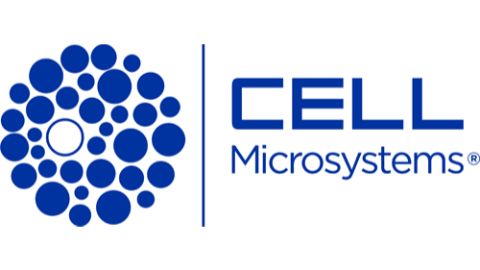Progressing 3D Spheroid Analysis into a HTS Drug Discovery Method

Inhibition of cancer cell proliferation in drug discovery research has not translated well from traditional two-dimensional (2D) in vitro assays to in vivo studies. Most anti-cancer drug compound studies are performed in a tissue culture treated 2D assay format for the purpose of studying proliferation, viability, and apoptosis. Increasingly, scientific evidence is showing that growing cancer cells in the form of three-dimensional (3D) spheroids is more predictive of in vivo study outcomes than 2D cell culture formats. Typically, spheroids are created using various methods, such as U-bottom plates, hanging drop or semi solid media and analysis of sphere growth has been carried out microscopically, which is time consuming, laborious, low-throughput and lacks reproducibility. Literature has reported the use of an automated imager to monitor the size and growth of 3D spheroids in 96-well plates, where spheres were formed in 4 days from a set number of cells to return a consistent sphere size. In this study, we highlight the use of a 384-well low attachment U-bottom plate combined with the Celígo® Imaging Cytometer to image and analyze the formation of 3D spheroids, allowing for increased throughput, number of replicates and parameters per plate as compared to 96-well plates. U87MG tumorspheres were created in 384-well plates and were subsequently analyzed by imaging. The tumorspheres were monitored over a period of 21 days and the imager reported quantitative measurements from the brightfield images, including size and kinetic proliferation of the spheres. Additionally, adherent 2D plates were created for comparison. Z’ factor robustness and IC50 values were reported (Z’ factor of 0.6 for both 3D and 2D assay formats, IC50 of 0.25uM and 0.17uM, respectively), illustrating that reproducible 3D spheroids can be formed in 384-well plates. Fluorescent studies were carried out with the imager for viability using intensity analysis. For compound screening methods, the assay was evaluated in comparison using various drug compounds that have shown anti-proliferative effects. Similarly reported with 17AAG data, comparison of IC50 data reported higher values in the 3D assay than in the 2D assay, (doxorubicin: 3D, 0.166uM and 2D, 0.049uM; TMZ: 3D, 15uM and 2D, 13uM), except in the paclitaxel response, where 0.012uM was reported for both assays. Together, these data demonstrate that the tumorsphere formation assay can be developed, validated and used for high-throughput anti-cancer compound screening in 384-well U-Boxall Fbottom low attachment plates using the Celígo Imaging Cytometer.





